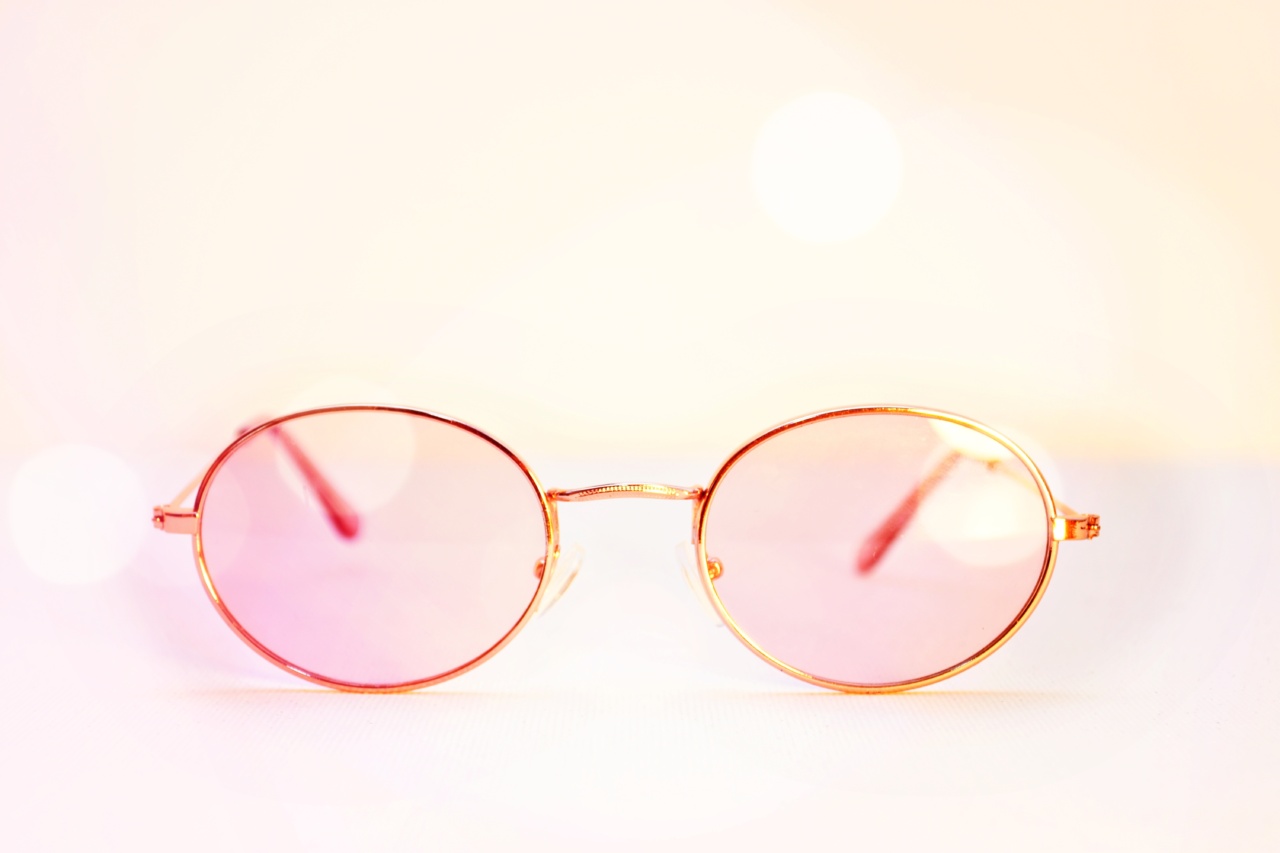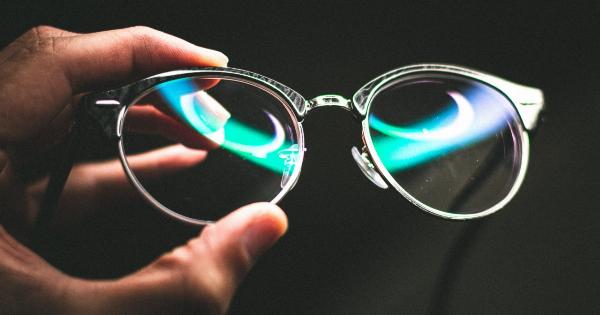When it comes to nighttime glasses, choosing the right color lens is essential for improving visibility and reducing glare.
The right color lens can make a significant difference in your nighttime driving experience, ensuring that you see clearly and stay safe on the road. In this article, we will explore the best color lens options for nighttime glasses and the benefits they offer.
1. Yellow Lenses
Yellow lenses are one of the most popular choices for nighttime glasses. These lenses enhance contrast and depth perception, making it easier to see objects in low light conditions.
Yellow lenses are especially useful in foggy or hazy conditions as they can reduce the glare caused by street lights and oncoming headlights.
Furthermore, yellow lenses can help improve your overall vision by reducing eye strain and fatigue. They are known to filter out blue light, which is known to cause eyestrain.
This makes them an excellent choice for those who spend a lot of time driving at night or in low light conditions.
2. Amber Lenses
Amber lenses are another popular option for nighttime glasses. These lenses enhance contrast and depth perception like yellow lenses, but they offer a slightly darker tint.
This makes them well-suited for driving in moderate lighting conditions, including slightly brighter nighttime scenarios.
Amber lenses are particularly effective in reducing glare from oncoming headlights and other bright lights. They can help reduce the halo effect caused by these lights, providing a clearer and more comfortable view of the road ahead.
3. Clear Lenses
While tinted lenses are often preferred for nighttime glasses, clear lenses also have their own set of advantages.
Clear lenses do not alter your color perception or reduce the amount of light entering your eyes, making them an excellent choice for those who don’t want any alteration to their natural vision.
Clear lenses can also be beneficial in situations where there is sufficient ambient light, such as well-lit city streets.
They can help improve your overall vision by reducing glare and minimizing eye strain, thus ensuring a safer and more comfortable driving experience.
4. Gray Lenses
Although gray lenses are commonly associated with sunglasses, they can also be a suitable choice for nighttime glasses. Gray lenses offer a neutral tint that does not significantly alter color perception.
This can be beneficial for individuals who prefer a natural view while driving at night.
Gray lenses are especially useful in reducing glare from oncoming headlights. They can also help provide better visual acuity in low light conditions, allowing you to see objects more clearly and accurately.
5. Polarized Lenses
Polarized lenses are a versatile option for both daytime and nighttime use. These lenses contain a special filter that blocks horizontal glare while allowing vertical light to pass through, resulting in reduced glare and improved visual clarity.
While polarized lenses can be effective in reducing glare, they may not be suitable for all nighttime driving conditions.
They can sometimes interfere with visibility of LCD and LED displays, such as those found on dashboard instruments or traffic lights. Therefore, it is important to consider these factors before opting for polarized lenses for nighttime glasses.
6. Blue-Light Filtering Lenses
Blue-light filtering lenses are specifically designed to block out blue light, which is known to cause eye strain and disrupt sleep patterns.
These lenses can be beneficial for individuals who spend a significant amount of time driving at night or working under artificial lighting.
By filtering out blue light, these lenses help reduce eye fatigue, improve contrast sensitivity, and enhance visual acuity.
They can be particularly useful for those who suffer from conditions such as dry eyes, cataracts, or age-related macular degeneration.
7. Gradient Lenses
Gradient lenses are an innovative option for nighttime glasses. These lenses gradually transition from a darker tint at the top to a lighter tint at the bottom.
This design allows for better protection against overhead lights and direct glare while maintaining clear vision of the road.
Gradient lenses are specifically designed to provide optimum comfort and enhanced visibility during nighttime driving.
The darker upper portion helps shield your eyes from bright lights, while the lighter lower portion ensures clear vision of the road ahead.
8. Photochromic Lenses
Photochromic lenses, also known as transition lenses, are a popular choice for both daytime and nighttime use. These lenses have the unique ability to automatically adjust their tint based on the amount of UV radiation present in the environment.
During the daytime, photochromic lenses darken to provide protection against bright sunlight. At nighttime, they quickly revert to their clear state to ensure optimal visibility in low light conditions.
This adaptability makes photochromic lenses a convenient choice for individuals who frequently transition between daytime and nighttime driving.
9. Green Lenses
Green lenses offer excellent color perception and enhance visual acuity in low light conditions. They can help reduce eye strain and improve contrast, providing a clearer view of the road ahead.
Green lenses are particularly effective in reducing glare from oncoming headlights, making nighttime driving more comfortable and safer.
Additionally, they can provide a soothing effect on the eyes, reducing the risk of fatigue during long drives at night.
10. Red Lenses
Red lenses are a unique choice for nighttime glasses. While they may not be the most common option, they have some advantages worth considering.
Red lenses can help enhance depth perception and overall visual contrast, making it easier to identify objects in low light conditions.
Additionally, red lenses are known to reduce eye strain and fatigue. They can also be beneficial for individuals who are sensitive to bright lights, as they effectively filter out excessive glare.
Conclusion
Choosing the best color lens for your nighttime glasses is crucial for ensuring optimal visibility and comfort during nighttime driving.
With a range of options available, including yellow lenses, amber lenses, clear lenses, gray lenses, polarized lenses, blue-light filtering lenses, gradient lenses, photochromic lenses, green lenses, and red lenses, there is a color lens to suit every individual preference and specific driving conditions.
Investing in high-quality nighttime glasses with the right color lens can significantly enhance your ability to see clearly at night, reduce glare, and improve overall safety on the road.





























